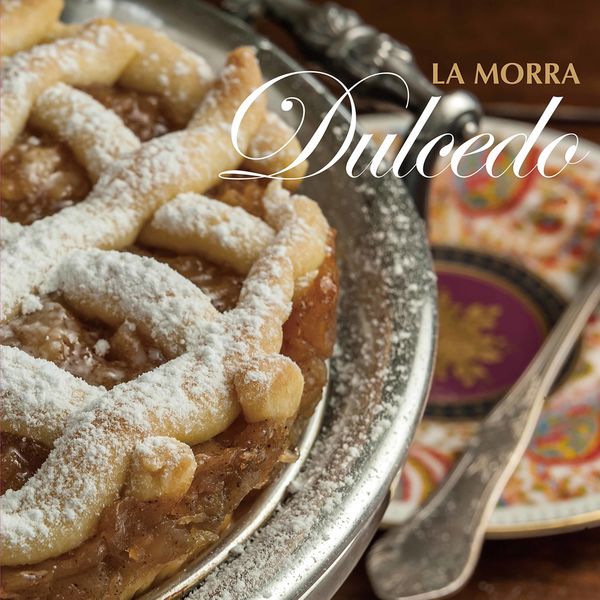
highresaudio.com |
lamorra.info |
spotify.com
Oasis Music Factory KCD-2072
2019
[60:45]
1. Dança amorosa [2:22] Anonymous
2. En attendant esperance [3:58] Jacob de Senleches (1378–1395)
3. Aspre refus [3:59] Anonymous
4. Che ti zova nascondere [1:57] Anonymous
5. I' priego amor [2:49] Francesco Landini (1325–1397)
6. Andray soulet [2:19] Matteo da Perugia (1400–1416)
7. Chançonetta tedescha [2:49] Anonymous
Arr. M. Gondko for Chamber Ensemble
8. Stella pia [3:57] Henricus Hessman de Argentorato
9. O quam pulchra puella–Min herze [3:06] Johannes Alanus
10. Pax eterna — Iacob scalam — Terribilis [3:10] Petrus Wilhelmi de Grudencz (1392–1480)
Arr. for Chamber Ensemble
11. Quene note [1:48] Anonymous
12. Myn hertis lust [2:12] Johannes Bedyngham
Arr. for Chamber Ensemble
13. Auxce bonyour delabonestren [1:38] Anonymous
14. Qui veut mesdire [3:41] Gilles Binchois (1400–1460)
15. Il sera pour vous conbatu — L’omme armé [1:43] Robert Morton (1430–1479)
Arr. for Chamber Ensemble
16. Ma dame trop vous m’esprennes [2:55] Anonymous
17. Gross senen [5:44] Anonymous
18. Lioncello vecchio [3:08] Domenico da Piacenza (1420–1475)
19. Petit vriens [1:55] Guglielmo Ebreo da Pesaro (1420–1484)
20. Cecus non iudicat de coloribus [5:35] Alexander Agricola (1446–1506)
La Morra
Corina Marti — clavicimbalum
Michał Gondko — plectrum lute
Marie Nishiyama — medieval harp
Medieval Europeans often used various forms of the word
‘sweetness’ (Lat. dulcedo) to describe the beauty of a
musical sound. ‘Sweet’ could apply to the sound of the
human voice, but also to that of a musical instrument. When the
ancestor of the ‘pianoforte’ was invented in the fifteenth
century – some 250 years before Cristofori! –, it was
baptized ‘sweet melody’ (Lat. dulce melos). Indeed, if
there was a sound that medieval people were particularly fond of, it
was that of plucked stringed instruments.
This recording explores the combined sound of the harp, the lute and
the harpsichord, three of the most popular plucked stringed instruments
in late medieval Europe. Corina Marti, Michal Gondko and Marie
Nishiyama cast their net wide in the pool of the surviving fourteenth-
and fifteenth-century European music, both monophonic and polyphonic.
This recording was made with the Japanese market in mind and is primarily available there.